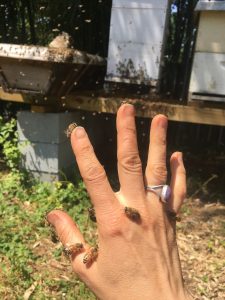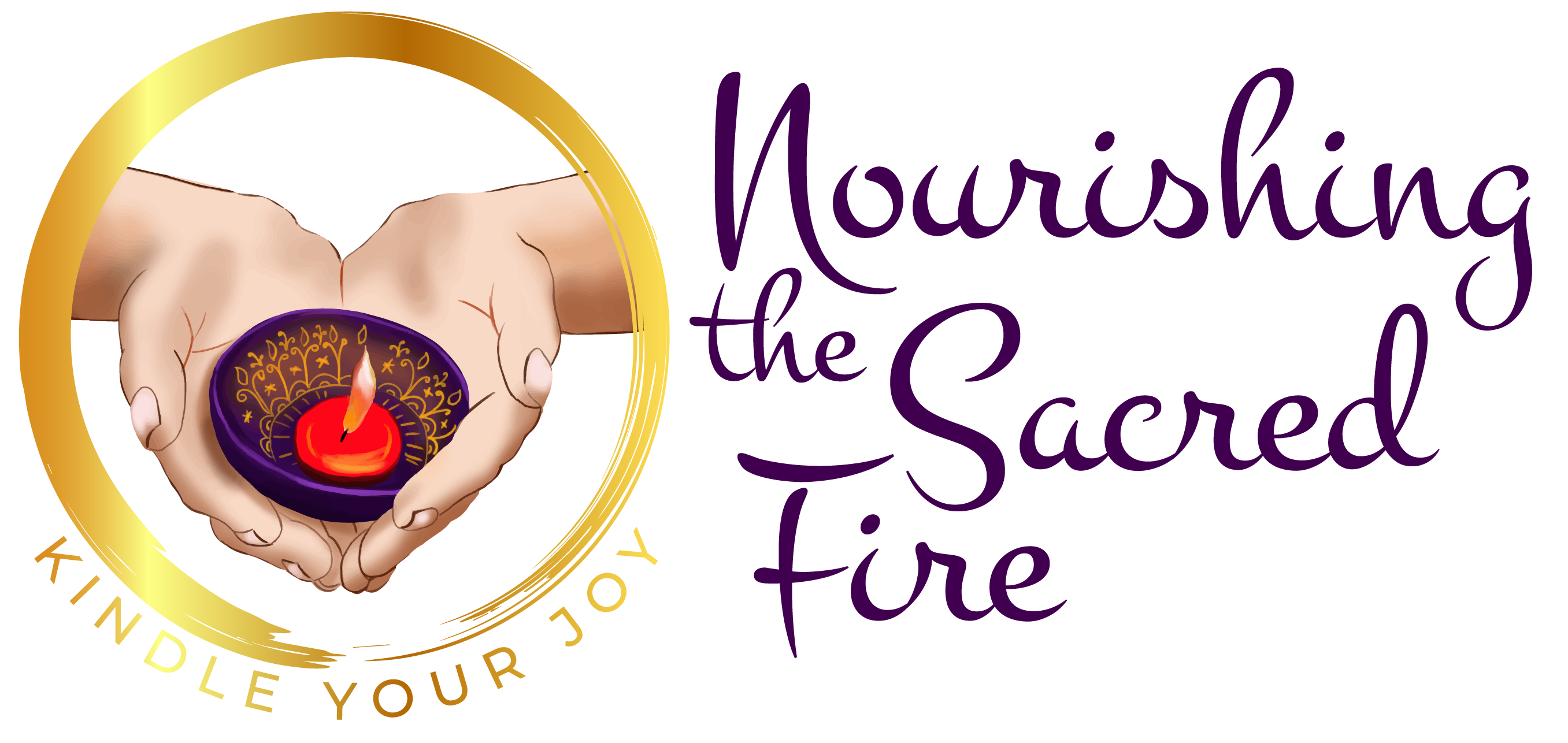 I like to think I was kissed (or stung!) by the bees. My fascination started as a homeschooling endeavor. A fellow homeschool mother gathered a bunch of us for a weekly class to learn from Stephano, our local Beeman. I thought it was another great opportunity for us to peek into the life of a honeybee colony. Taking home 40,000 bees wasn’t really on my radar! A year later, along with the same mama, I attended a biodynamic beekeeping course in Floyd, VA. Spikenard Farm Honeybee Sanctuary is an oasis of flowers, unique hive bodies, and workshops inspired by the works of Rudolph Steiner.
I like to think I was kissed (or stung!) by the bees. My fascination started as a homeschooling endeavor. A fellow homeschool mother gathered a bunch of us for a weekly class to learn from Stephano, our local Beeman. I thought it was another great opportunity for us to peek into the life of a honeybee colony. Taking home 40,000 bees wasn’t really on my radar! A year later, along with the same mama, I attended a biodynamic beekeeping course in Floyd, VA. Spikenard Farm Honeybee Sanctuary is an oasis of flowers, unique hive bodies, and workshops inspired by the works of Rudolph Steiner.
SO what makes it biodynamic beekeeping? Here are a few key points:
- The bees are encouraged to swarm. Swarming is the honeybee’s way of reproducing on a macro level. The queen lays the egg for each bee (micro level). However for the colony to grow, the old queen lays a new queen cell and then leaves with about half of the current colony.
- The bees make their own foundation.
- All natural materials are used for the hive and accessories. No plastics in the hive or for honey storage.
- Bees are not graphed or inseminated.
- No pesticides or antibiotics are used. Formic and oxalic acid are allowed.
Spring swarming is one of the many fascinating events that happen in beekeeping. The video below is a snippet of me amongst a swarm as they were entering a vacant hive. I bated the hive with lemongrass essential oil because it smells like the pheromone of a queen bee and attracts colonies looking for a new location. I caught 3 swarms this way. The hive to the far left was occupied just 5 days before using this method. The drumming was one of my children helping them descend into their new home.


